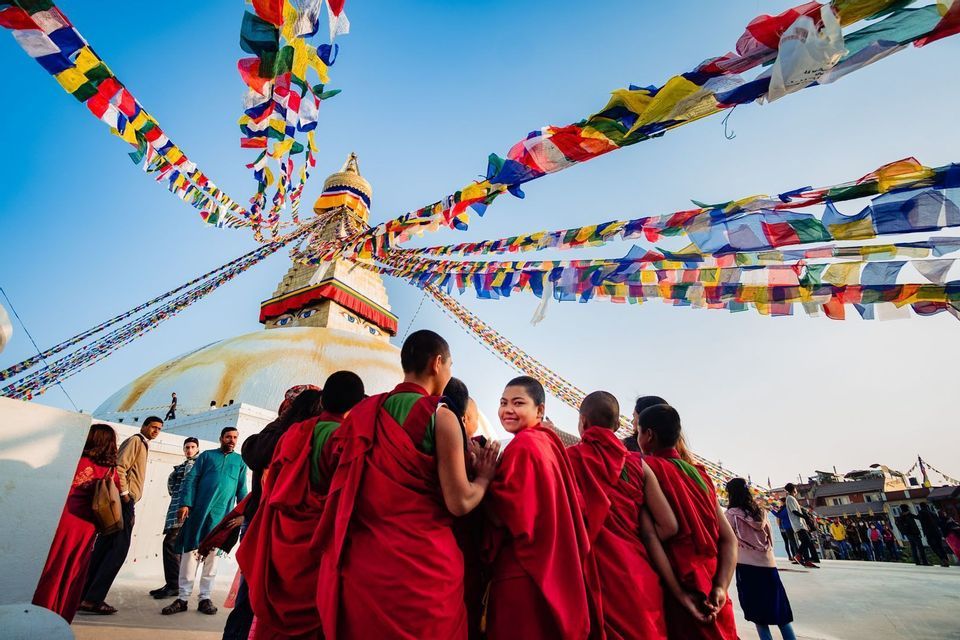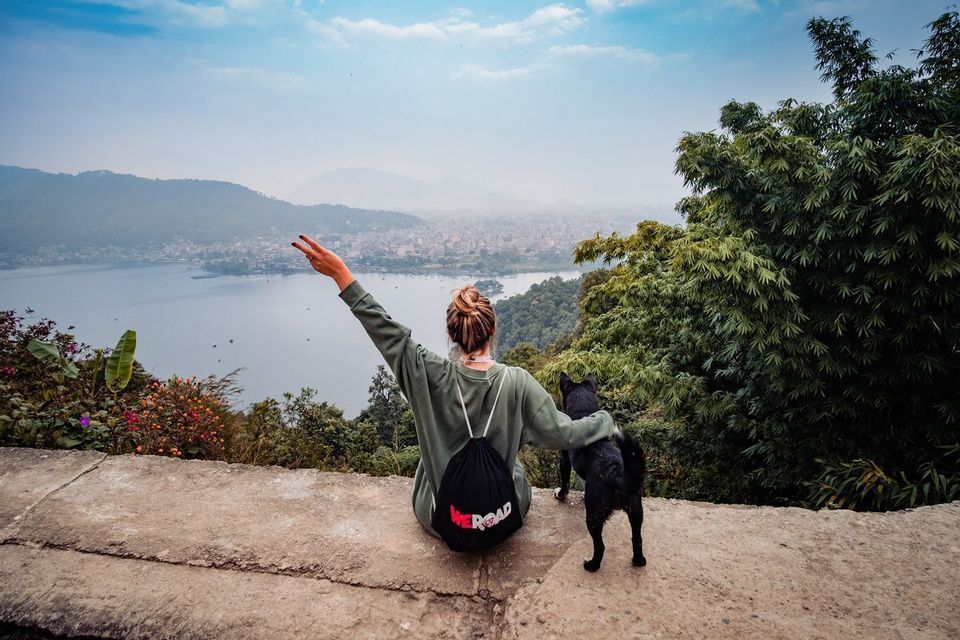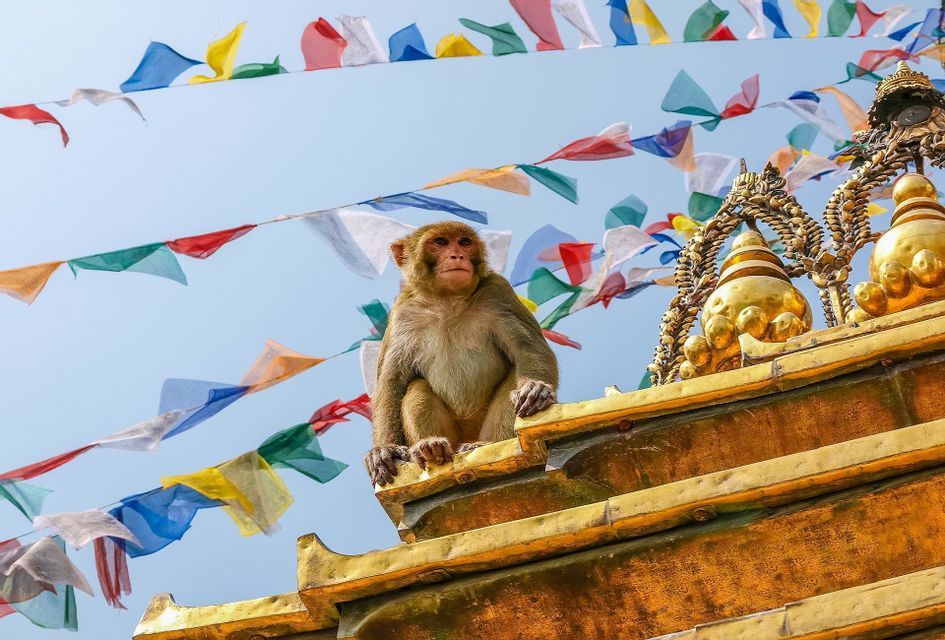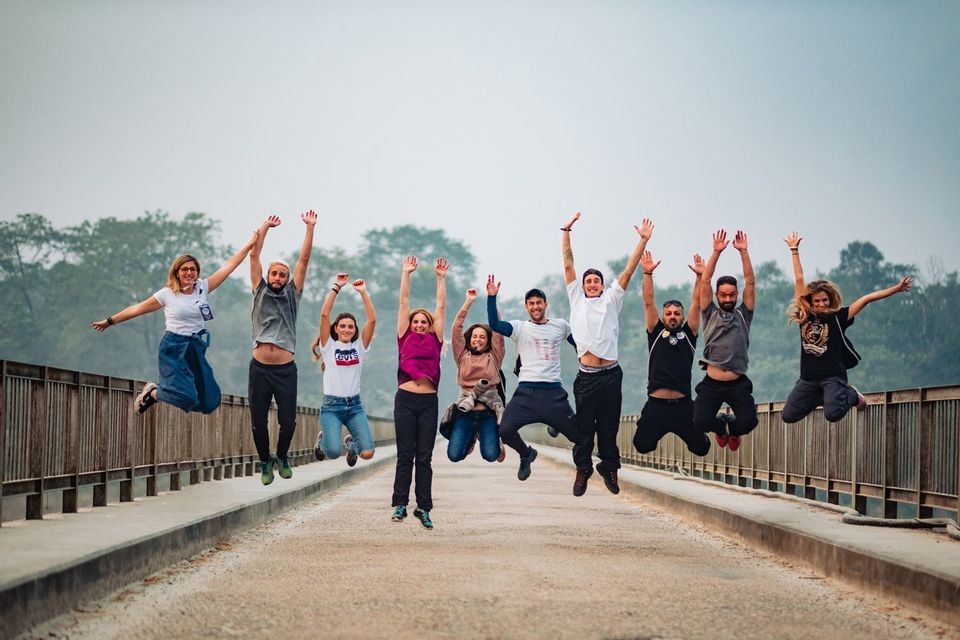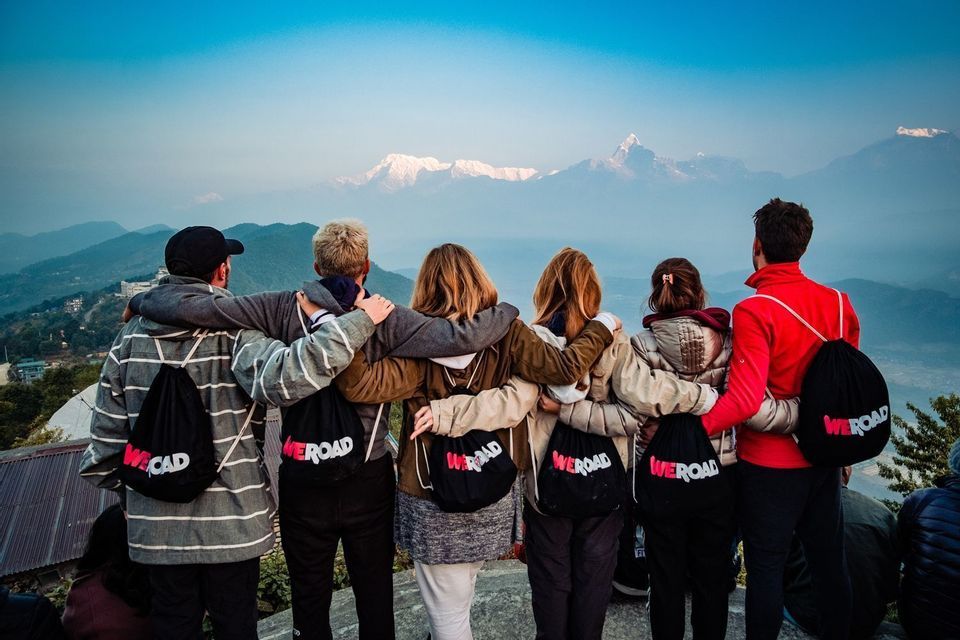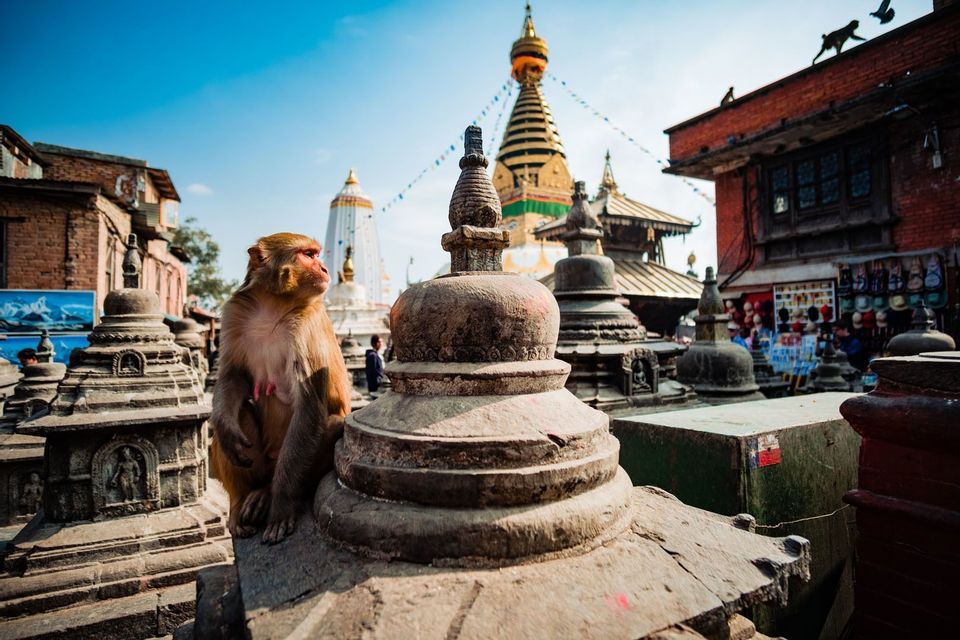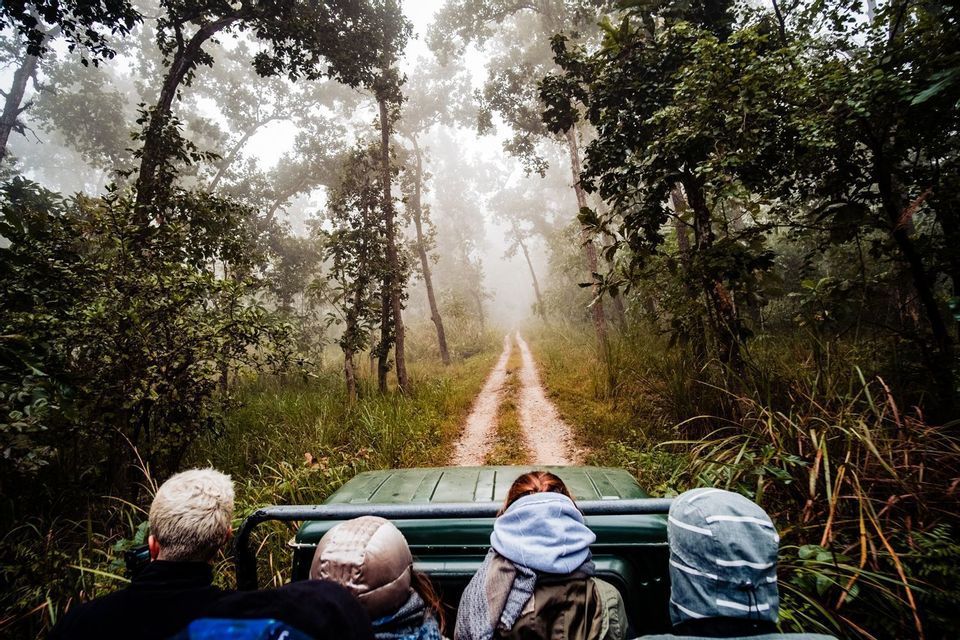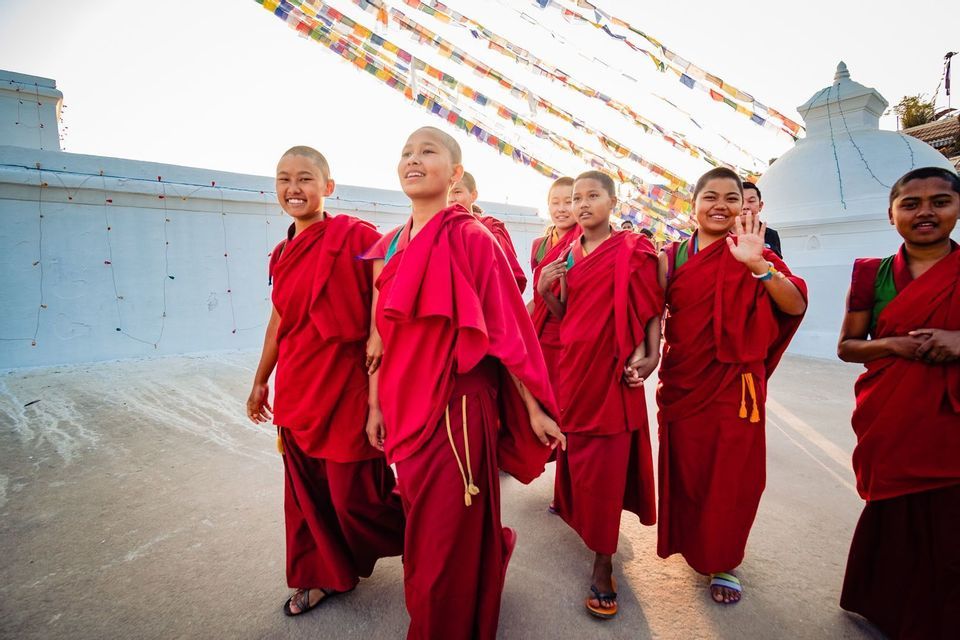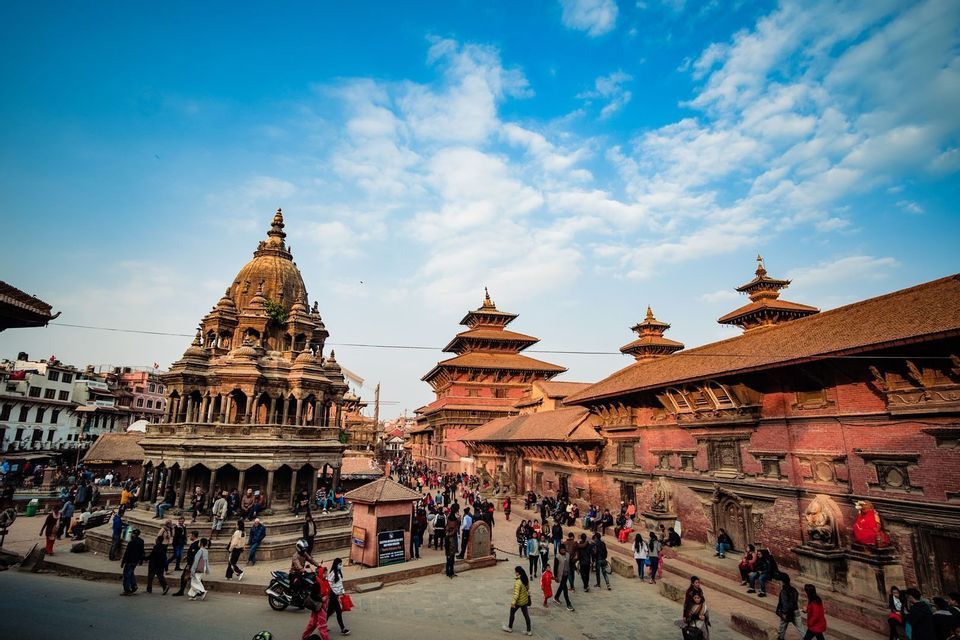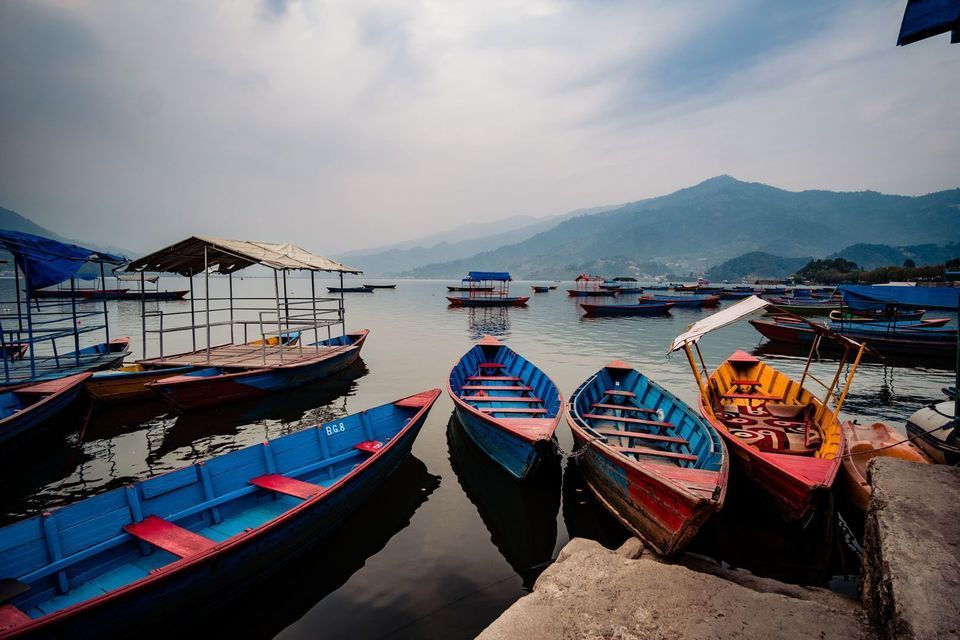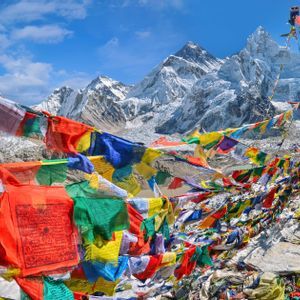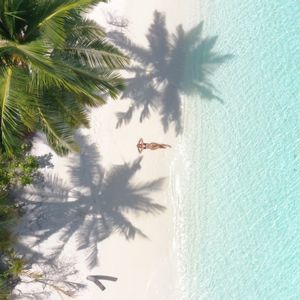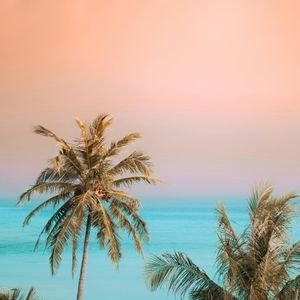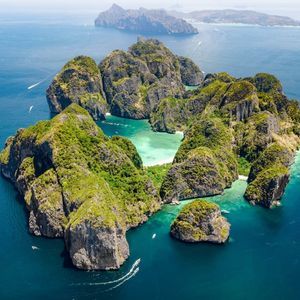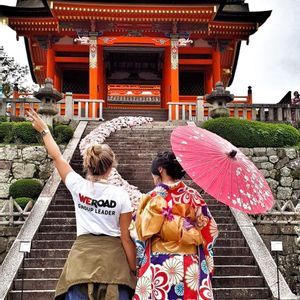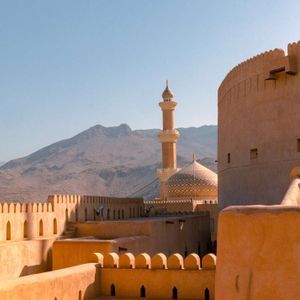Group info
Show
group info
Expected WeRoaders: 9
Coordinator
Lucy Elspeth
Itinerary
Discover ancient traditions and untamed wilderness from Kathmandu to Annapurna. This is not your ordinary tour, but an adventure like no other. If you want to explore a magical country, rich in ancient customs and pristine natural beauty, then come join us for an unforgettable experience!
We'll be surrounded by the majestic peaks of the Himalayas, trekking at high altitudes, exploring Hindu and Buddhist temples full of mystique, meeting friendly locals, and getting lost in the dense jungle, where we might even spot some elephants, crocodiles, and Bengal tigers. We'll also get to savor new and exotic flavors and breathe in the unique atmosphere of Kathmandu, the capital of Nepal. A group trip to Nepal is a rollercoaster ride of emotions, a kaleidoscope of colours against the backdrop of snow-capped mountains. It's a bit of dust and noise, a humbling experience that fills us with joy and appreciation for the world. Don't miss out on this opportunity to explore the wonders of Nepal with us!
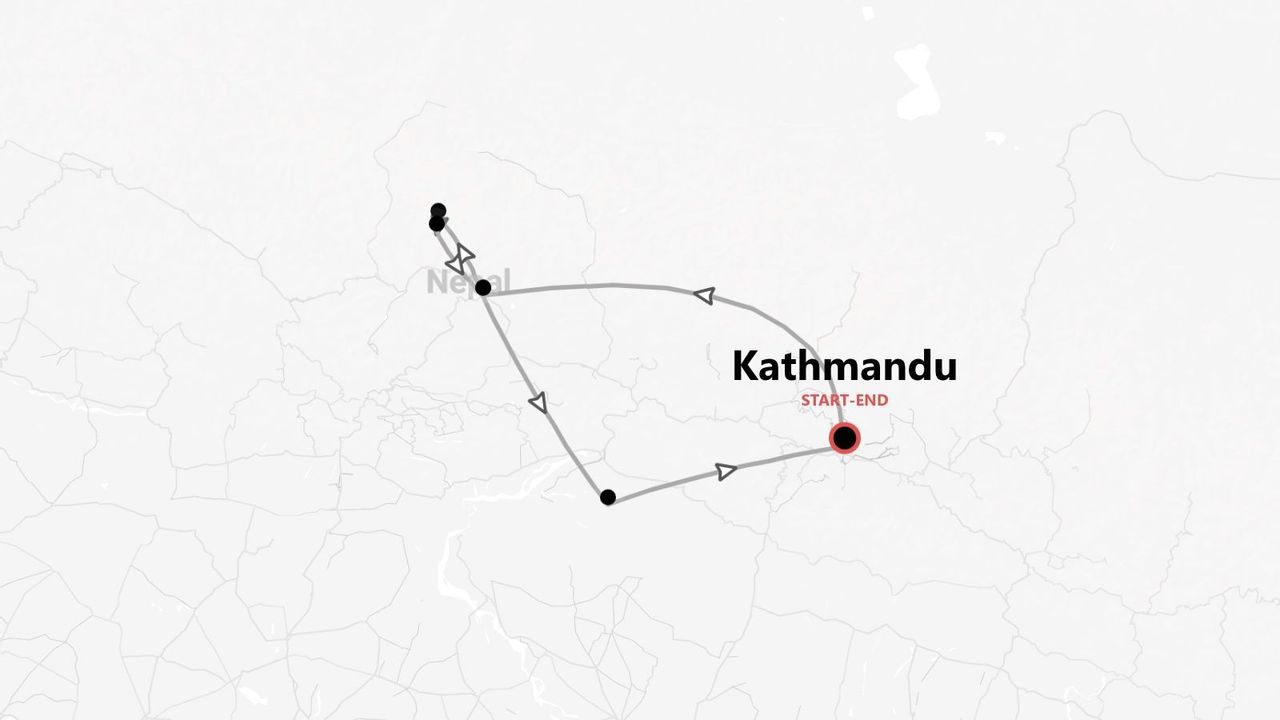
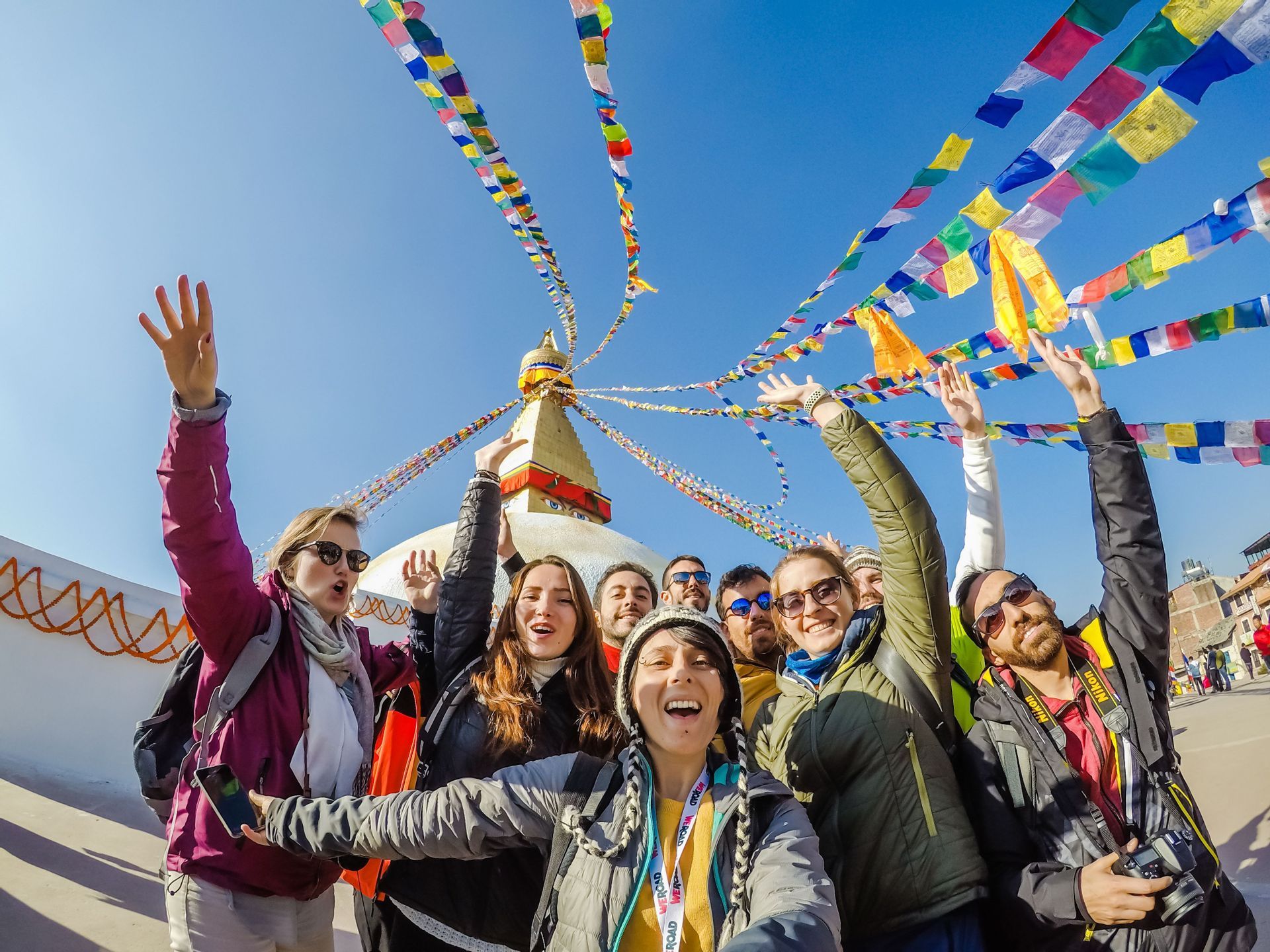
Welcome to Nepal
Check-in: our adventure starts in Kathmandu
Roundtrip flights or transportation to reach the destination are not included in the package, so you can decide from where and when you want to leave! This gives you complete freedom of choice to adjust your travel itinerary to your needs.
Check-in to your hotel in Kathmandu. The first impact of this large city may be a little traumatic - it is chaotic and untidy after all... but don't be daunted! We soon discover that the Nepalese are friendly and welcoming and we are enchanted by the sound of Tibetan bells at sunset. This evening, our welcome dinner featuring Nepalese specialities awaits us. Let's toast to the start of our adventure, perhaps with a glass of raksi - a local liqueur similar to grappa.
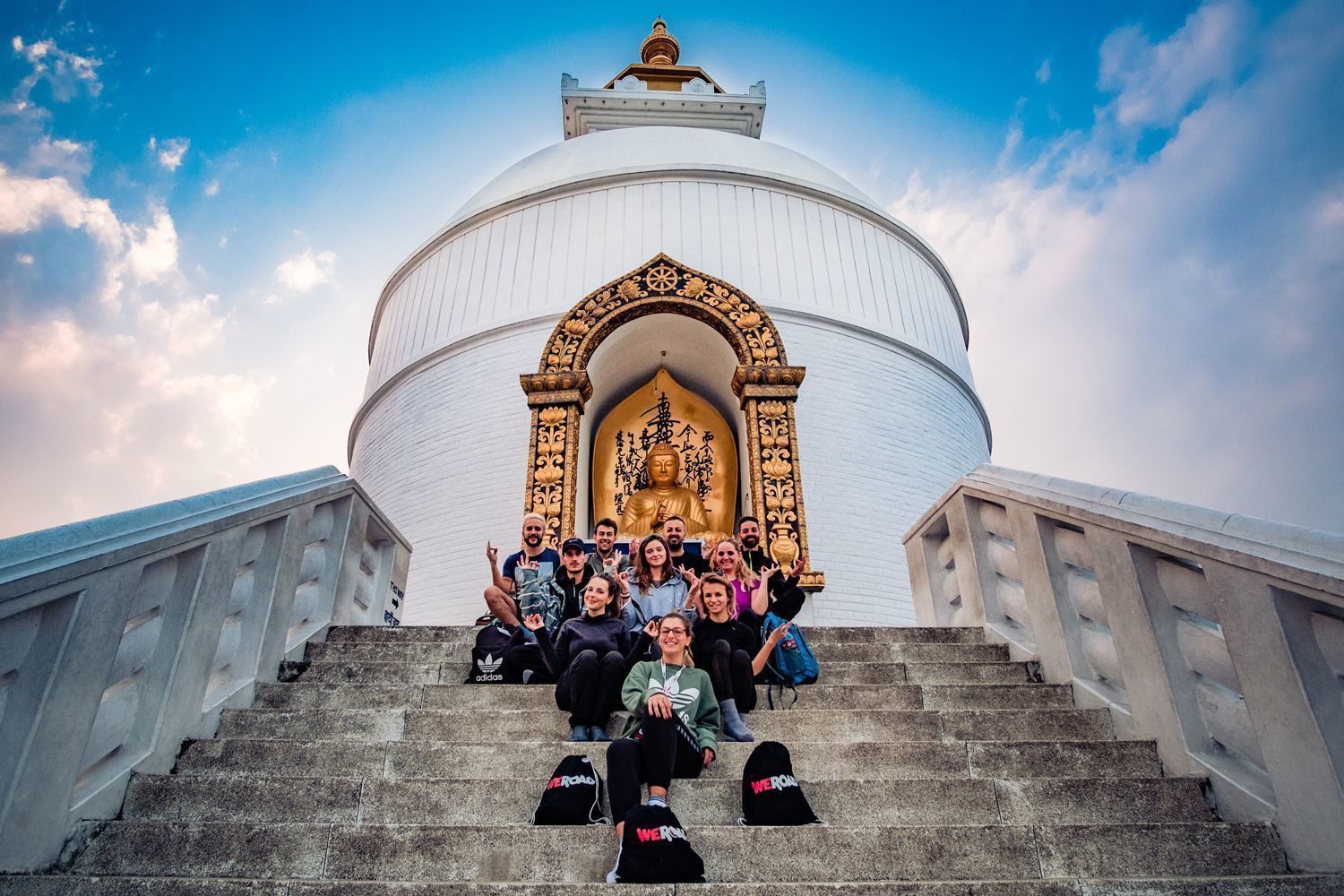
On the road to Pokhara
Towards Pokhara
After a nice breakfast, our real adventure on Nepalese soil begins. Today we have a long transfer to Pokhara, a traditional town reflected in the waters of Lake Phewa. There are 200 kilometres between here and Kathmandu and it will take us about 6 hours to get there - we will see the landscape change kilometre after kilometre out of the window, from the city to nature and back to the city again.
Don't worry - we know you'll need a break along the way, and what better way to do that than with some energising river rafting? The route we'll be driving down runs alongside the Trishuli river, which is coincidentally one of the best spots for this activity. Time to jump into the raft and get that adrenaline pumping!
In the Tibetan quarter
When we arrive in Pokhara we spend some time exploring the city. The streets of the centre are quiet and Lake Side, the main street, is invaded by shops selling mainly climbing equipment. One of the most interesting areas is the peaceful Tibetan quarter, made up of colourful low houses, a Buddhist temple and a shopping area with handicrafts made by the community's women. Not to be missed! At sunset, we take a stroll to browse the stalls along the lake and watch the characteristic boats moored near the shore. Dining in front of such a backdrop will be truly relaxing and rejuvenating after so many hours on the road!
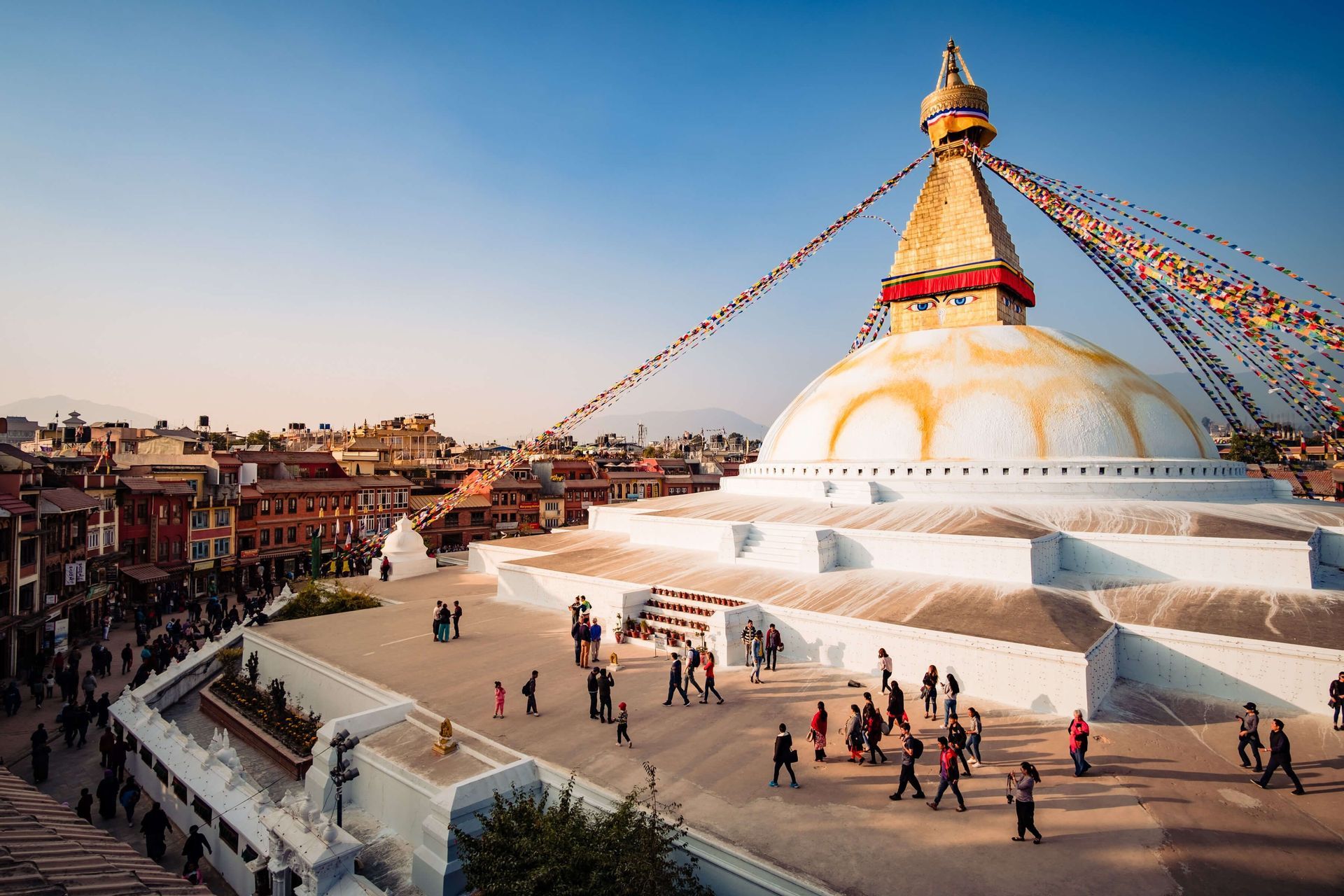
Trekking towards Ghandruk
Towards the mountains!
One of the best experiences in Pokhara is the sight of the sun rising and illuminating the spectacular backdrop of Annapurna - the tenth highest peak in the world, so we wake up early to take in the spectacle! After breakfast we set off for Birethanti in our jeep and in about 3 hours we arrive at our destination, ready to continue... on foot! In fact, our trek begins - let's warm up our muscles properly, because we will be walking for the next three days! Nothing too complicated: this trek is suitable for everyone and we will only have with us a small backpack with everything necessary for the next two nights in the Nepalese nature.
The trek begins!
Our trekking begins: for the first part of the day we will face flat terrain, so nothing too difficult. Perfect for enjoying the view! We arrive in Saulibazaar, the first stop of the day, for lunch: we stop just long enough to recharge our batteries and then continue towards today's final stop, Ghandruk. In two hours we walk along jungle paths and past small villages, seeing for ourselves what life is like in these parts. We finally arrive in Ghandruk, where we visit the local museum and spend the night.
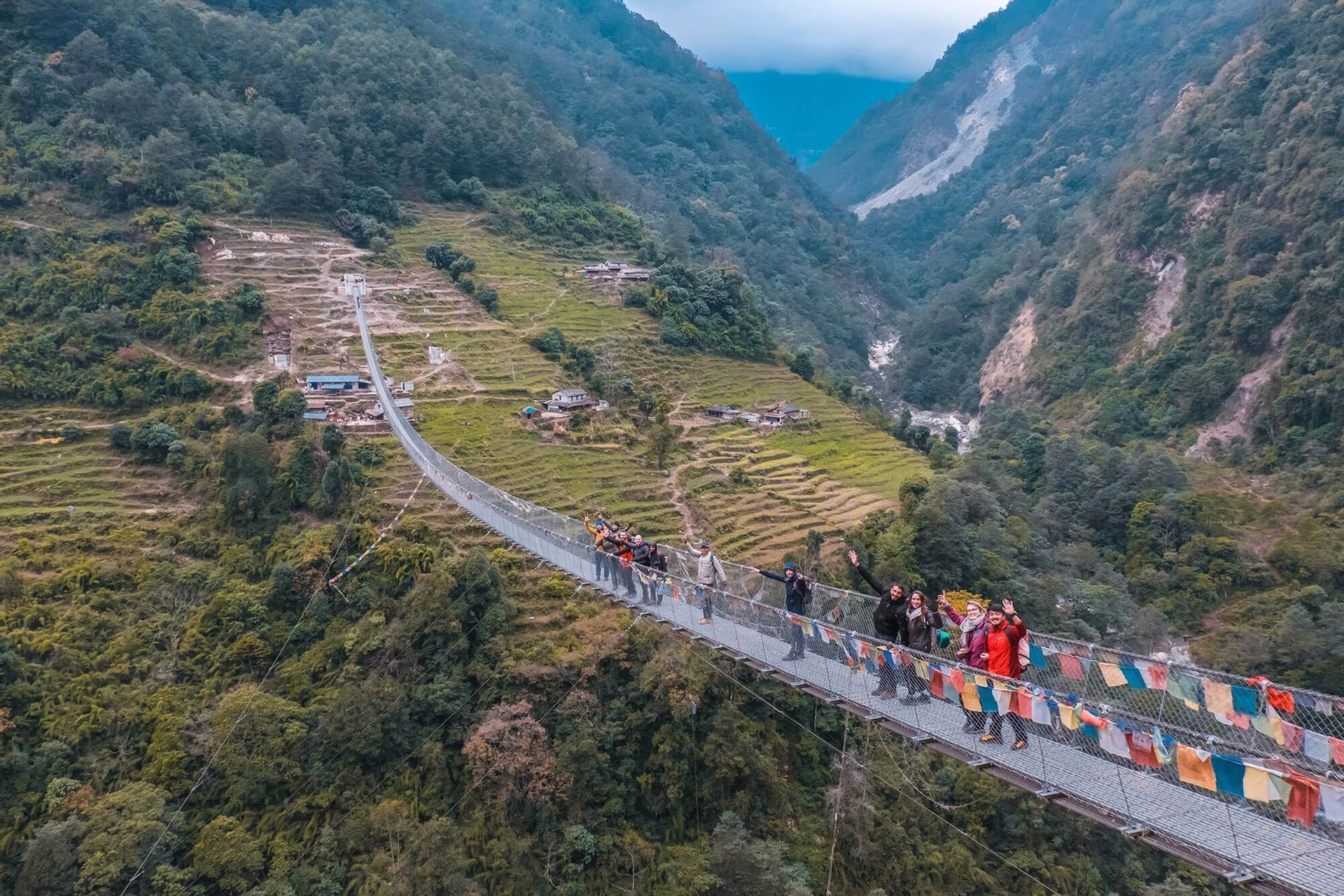
Trekking to Chhomrong
More trekking
We wake up to the sounds of nature and the sun's rays slowly filtering through the windows and warming the mountain landscape around us. We recharge our batteries with a good breakfast and then we are ready to tackle the kilometres of hiking that await us today. The first part of the trek takes us about two hours to Kimrung Danda, where we stop for lunch, surrounded by the incredible scenery of the high Himalayan peaks. We then continue downhill for an hour and arrive at Chhomrung, today's final stop. This is a very special place: Chhomrung is the last village before Annapurna Base Camp, so from here we can enjoy a spectacular view of the immense Nepalese massif. The sunsets seen from here are not easily forgotten... let's enjoy ours in all its beauty until the stars appear.
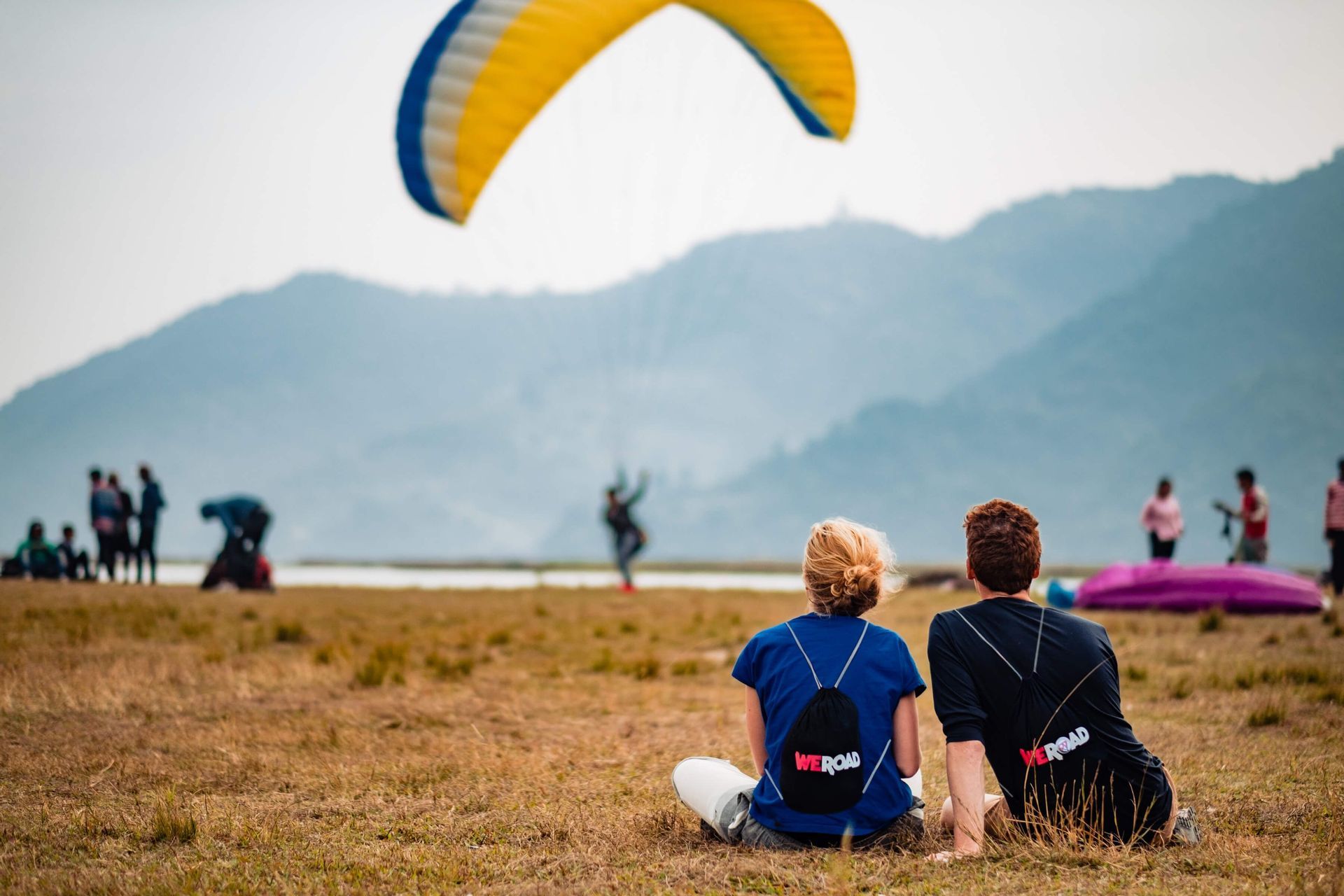
Back to Pokhara
Last day of hiking
Last day of trekking, so we try to enjoy it to the fullest: again today, for the most daring, the alarm is set for dawn, if only to admire the beauty of Annapurna in the early hours of the morning, when it is illuminated by the warm light of the sun. After breakfast we set off towards Jhimodanda, which we reach in about an hour's walk. Here we make a stop... swimming! In fact, there are natural thermal pools around here, so we can take advantage of this to relax a little and pamper the muscles that we have used so much in recent days. After lunch, we resume the path to Nayapul, for another 4 hours, until we reach our jeeps, which are waiting to take us back to Pokhara. It's been an intense and beautiful three days, but once back at the hotel... a little relaxation doesn't sound too bad at all!
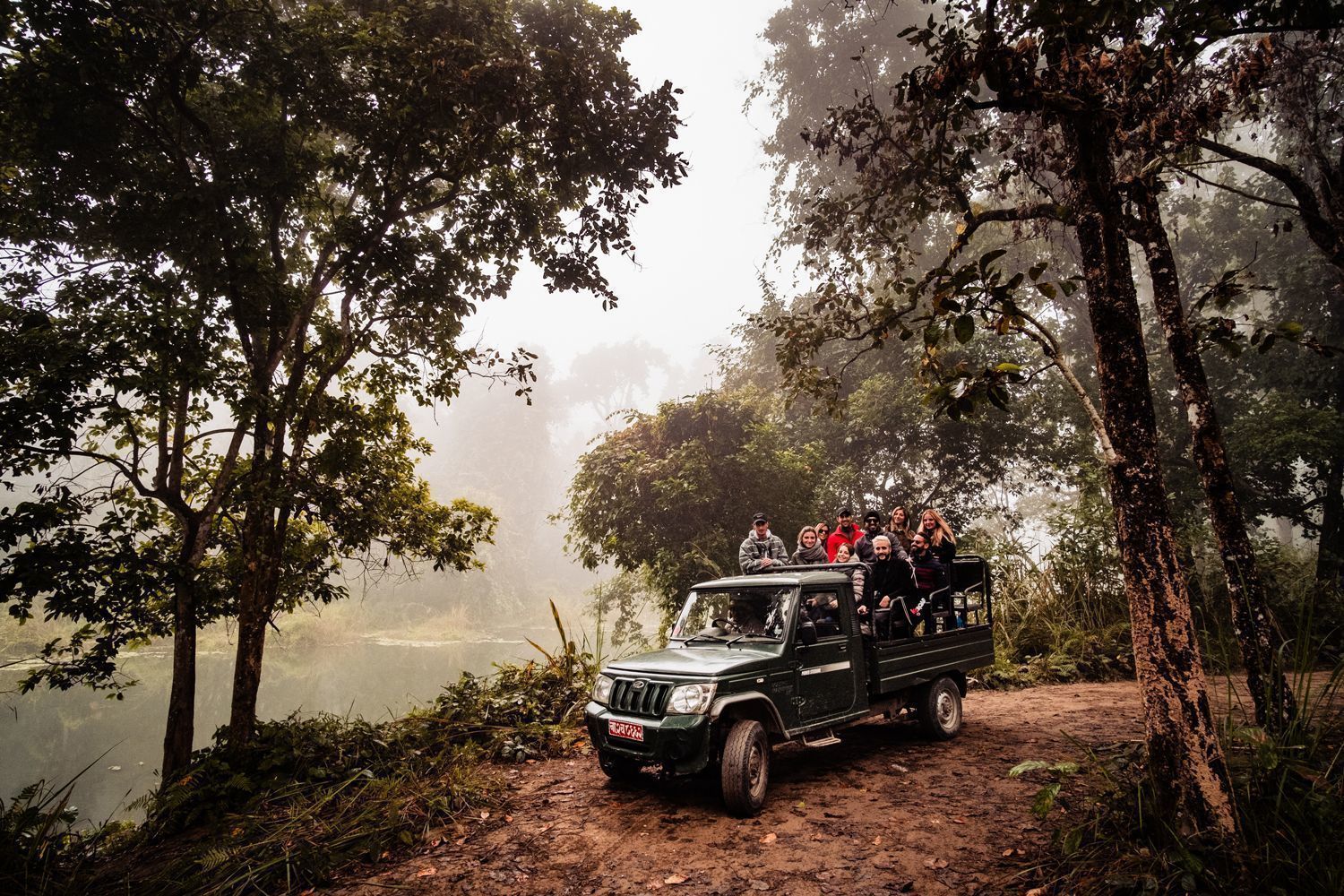
Chitwan National Park
Tiger Park!
Good morning Nepal! This morning we head for Chitwan National Park, Nepal's largest and most beautiful park, home to protected animals such as rhinos and the world-famous Bengal tigers. We board a jeep for an excursion into the jungle. Although we are always accompanied by a local guide, the idea of meeting antelopes, macaques, snakes, rhinos and tigers will send shivers down our spines the whole time. Near the park there are several small towns with restaurants and bars, all located on the northern bank of the Rapti River. It is in one of these that we will settle for the night. Walking through these small streets it will be easy to meet some wonderful tame elephants returning to their stables. We dine by the river, watching the sun go down in the jungle, surrounded only by the songs of the animals and the sounds of nature.
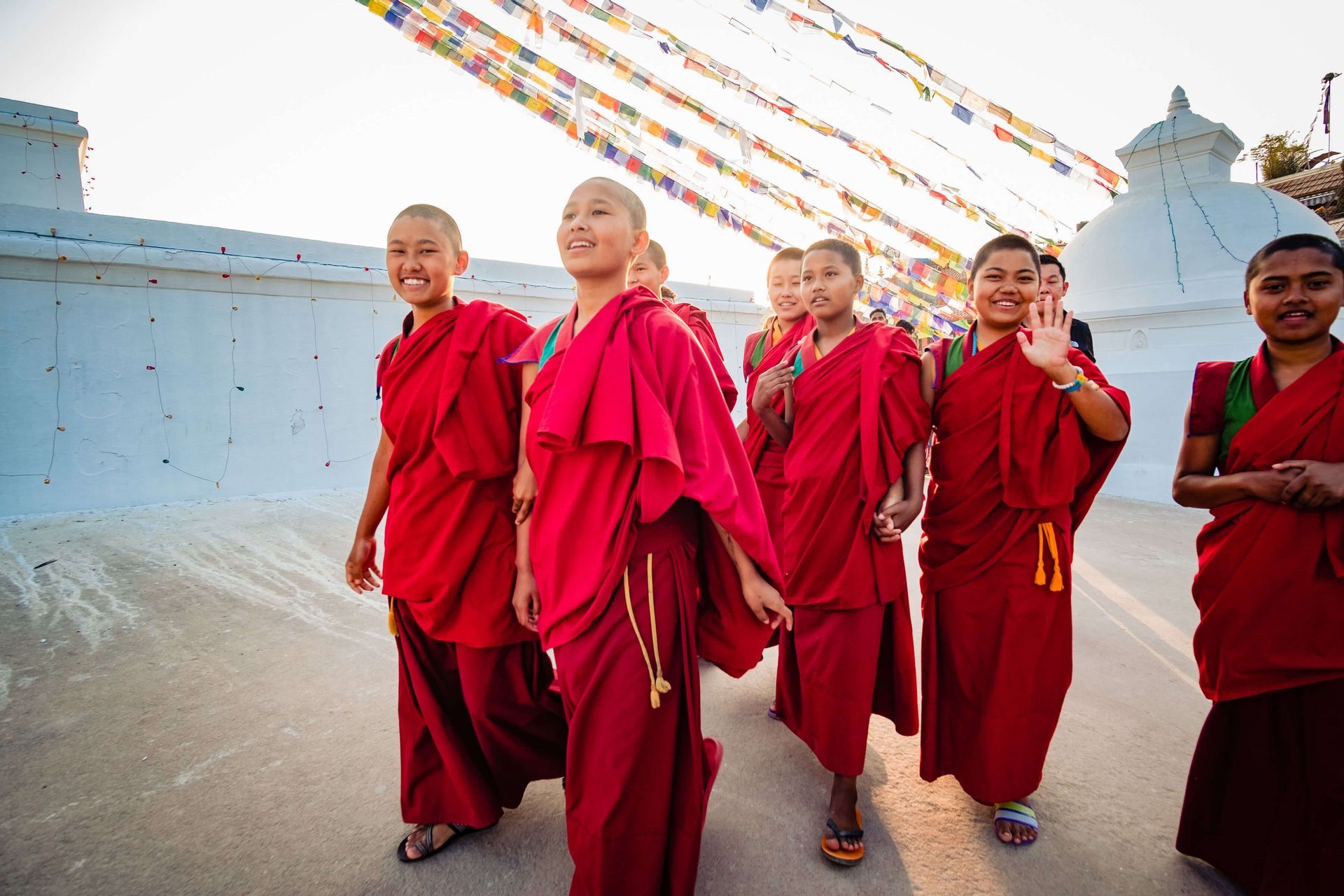
Enjoy the nature
Enjoy nature before returning to Kathmandu
We still have a few hours to enjoy the Chitwan National Park. We take the opportunity to go on a boat trip on a long boat, or to visit the village of Tharu. We try to enjoy these moments immersed in nature and Nepalese culture to the full: we soon have to say goodbye to these magical places and continue our journey back to where it all began, in Kathmandu. The return trip takes about 6 hours, so let's get comfortable and enjoy the Nepalese landscape flowing past the window. Towards late afternoon we arrive in Kathmandu, we check into the hotel and relax a bit, before going out for a stroll through the streets of the city, perhaps looking for a small restaurant where we can taste some typical specialities.
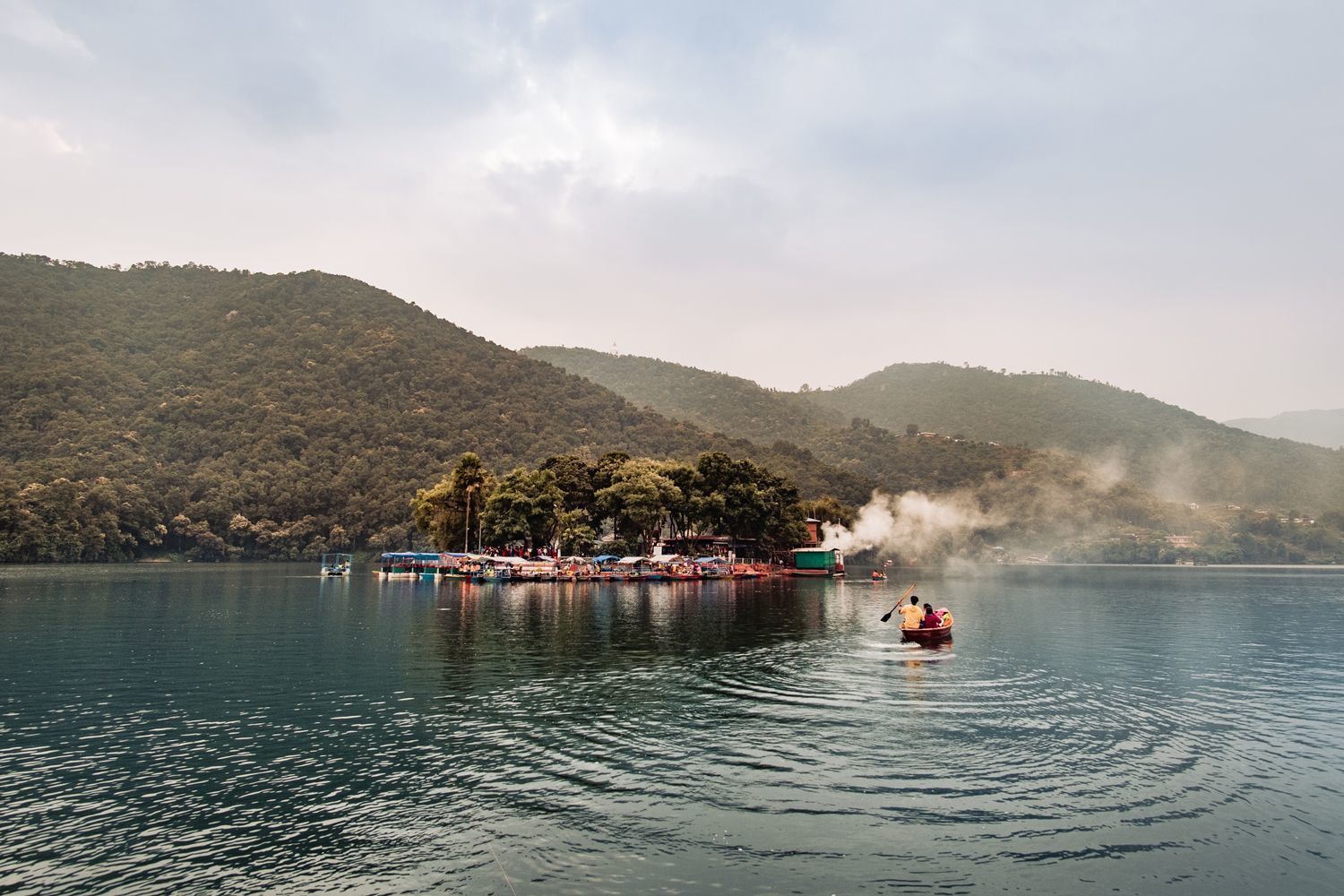
Back to Kathmandu
Discover the capital
We have one last day to visit Kathmandu. We lose ourselves in the Thamel market, the hippie area of the city, which is a must in Nepal! We continue our exploration of Kathmandu on our own, taking our time to enjoy this incredible city and look for the last souvenirs from the local handicrafts. Those who want to relax away from the hustle and bustle of the city can take refuge in the Garden of Dreams - also known as the Garden of the Six Seasons. This park is a true oasis of greenery, with large gardens, fountains and six very special pavilions dedicated to the six seasons of Nepal. In the evening we all meet again for our farewell dinner: we use this moment to remember all the special moments spent in Nepal and take the last group photos against the background of this city full of cultural and artistic contrasts.
Goodbye Nepal
Check-out and goodbyes
This WeRoad has come to an end, so it's time to say goodbye... Until next time!
What's included
8 nights accommodation in shared bedrooms
Welcome dinner
All breakfasts
Minibus with private drive from day 2-7
An unforgettable 3-day trek between the characteristic villages of Ghandrunk and Chumrung (full board on days 3, 4 - half board on day 5)
Medical and baggage insurance - (coverage limits by destination country/region - €10,000 Italy, €20,000 Europe, €30,000 World, €50,000 USA/Canada)
What's not included
Roundtrip flight to/from destination
Food and beverages when not specified
All extras you'll be able to fit in your backpack
- Anything not mentioned in the "What's included" section
Money pot
The Money Pot is approximately £50/€60 for this trip and is collected on-site by the Travel Coordinator on the first day. The amount of the Money Pot will vary based on the number of activities and extras that the group decides to do.
Local transport
Fuel/City taxes
Any extra activities that the group agrees on doing including the coordinator's fee.
Local transport in the city of Kathmandu, if applicable
Rafting along the Trishuli river on day 2
Longboat tour on day 7
Tharu village walk
Tips for all local service providers who will help make our trip unique. In this country everyone expects it because, unlike western customs, tipping is a large part of their salary and as responsible travellers we feel it is appropriate to reward the services received by conforming to local standards and culture!
Additional info
- Accomodation
Typical accommodation, small hotels and mountain guesthouses (sometimes tea-houses) during the trek.
The private room Option is not guaranteed on trekking days.
The Private room Option is not available for all trips.
The first hotel will be shared with you at least 2 days before your departure by your Travel Coordinator!
- Transport
Private mini-bus and 4x4 jeep when necessary.
- Staff
Our trips are led by a Travel Coordinator who has been specifically trained by us to lead group travels to ensure you have the best time. A WhatsApp group with all travel participants will be created two weeks prior to departure by your Travel Coordinator.
- Luggage
Backpacks are mandatory to allow easy transfers - we recommend a 45L backpack for our trips.
- Please note
In Nepal the roads are poor and you can often encounter road maintenance works which may involve delays in travel or the need to change routes. We will do our best to ensure that this impacts your trip as little as possible, please be patient and flexible.
- Private Room Option Show all details
Why WeRoad
-
Small groups, on average 11 people
-
Free cancellation included (deposit refunded as a gift card)
-
Book with a £/€100 deposit
The travel coordinators
Find your flight
For this trip, we recommend arriving and departing from these airports.
FAQs – Frequently Asked Questions
About this trip
This journey begins at Kathmandu. On the first day, we meet at 18:00.
Your Coordinator will add you to the WhatsApp group for your trip about 15 days before departure.
It’s a great way to start getting to know your travel mates, receive more details about the first day’s meeting point, and ask any pre-departure questions you might have.
This journey ends at Kathmandu. On the last day, you are free to leave at any time, so whether you need to book a flight, a train, or wish to continue the journey on your own, you can organize your return as you prefer.
For this itinerary, traveling with a backpack is mandatory for logistical reasons and the convenience of the entire group - including yourself! Trolleys, bulky suitcases, or hard luggage are not allowed. The Travel Coordinator will provide guidance on the ideal baggage before departure via the WhatsApp group.
About Nepal
If you are a UK citizen, to find out the entry requirements for Nepal, you can check this informational page from our partner Sherpa. If you need a visa, you can apply for it through Sherpa. If you are not a UK citizen, you can still use Sherpa by changing the nationality in the 'Passport' section.
Before traveling, always remember to check the government website of your country of origin for updates on the entry requirements for Nepal – you wouldn’t want to stay home due to a bureaucratic detail!
- UK residents: review the FCDO Travel Advice.
- US residents: consult the US Department of State Travel Advice.
- Other residents: refer to your government or local consulate's travel advice.
Nepal is in the Nepal Time Zone, which is 5 hours and 45 minutes ahead of Greenwich Mean Time (GMT+5:45). If it is 12pm in the UK, it will be 5:45pm in Nepal. If it is 12pm in New York, USA, it will be 10:45pm in Nepal. Keep in mind that Nepal does not observe daylight saving time, so the time difference remains constant throughout the year.
Nepal uses the Nepalese Rupee (NPR) as its currency. The daily exchange rate can vary, but you might expect approximately:
- 160 NPR for 1 GBP
- 120 NPR for 1 USD
- 130 NPR for 1 EUR
Currency can be exchanged at banks, authorized money changers, and some hotels. Always make sure to get a receipt for any currency exchange you make.
You'll find that in Nepal, you can pay using cash, credit cards, and mobile payment apps. Cash is widely accepted, especially in smaller towns and rural areas, so it's handy to keep some Nepali rupees on you. Major credit cards like Visa and MasterCard are accepted in most hotels, restaurants, and shops in larger cities like Kathmandu and Pokhara, but it's good to double-check before making a purchase. For a more seamless experience, you might also consider using mobile payment services that are gaining popularity, such as eSewa or Khalti.
Tipping in Nepal is not mandatory, but it's appreciated, especially in the tourism industry. In restaurants, you can leave around 10 percent of the bill if a service charge isn't included. For guides and porters, tipping is customary and expected, usually at the end of a trek or tour. Consider tipping guides around 10 percent of the tour cost and porters a bit less. In taxis, rounding up the fare is common. Remember, tips are an important part of income for many workers in Nepal.
In Nepal, internet access can be a bit spotty, especially in rural areas. While Wi-Fi is commonly available in hotels, cafes, and restaurants in cities like Kathmandu and Pokhara, the speed can vary. For more reliable internet access while traveling around, we recommend you buy a local SIM card or an e-SIM data plan. Major providers include Ncell and Nepal Telecom, and you can purchase SIM cards at the airport or local shops. This will help ensure you stay connected even in more remote areas.
Nepal's official language is Nepali. It's widely spoken across the country, but you'll also find a variety of other languages, especially in different regions and among various ethnic groups. Here are some useful Nepali expressions you might hear or use:
- Hello: Namaste
- Thank you: Dhanyabad
- Yes: Ho
- No: Hoina
- How much?: Kati ho?
Having a few basic phrases can help in getting around and interacting with locals.
In Nepal, the standard voltage is 230 V and the frequency is 50 Hz. The plugs used are mostly Type C, D, and M. Since these are different from those used in many European countries and the USA, we suggest bringing a universal adapter to ensure your devices can be charged without any hiccups.
The main religion in Nepal is Hinduism, with a significant portion of the population practicing it. Important religious holidays include:
- Dashain, a major festival celebrating the victory of good over evil.
- Tihar, which is similar to Diwali and involves the worship of animals and brothers.
- Another key festival is Holi, the festival of colors, which is widely celebrated.
While Hinduism is predominant, there are also communities practicing Buddhism, Islam, and Christianity in the country.
Packing for Nepal can be quite an adventure due to its diverse climate and terrain. Here's a handy guide to help you prepare your backpack:
-
Clothing:
- Lightweight shirts
- Warm fleece or jacket
- Waterproof jacket
- Trekking pants
- Thermal base layers
-
Shoes:
- Comfortable trekking boots
- Sandals or flip-flops
- Warm socks
-
Accessories and Technology:
- Hat or cap
- Sunglasses
- Power bank
- Camera with spare batteries
- Travel adapter (Nepal uses type C, D, and M plugs)
-
Toiletries and Medication:
- Travel-sized toiletries
- Sunscreen
- Insect repellent
- Basic first aid kit
- Common travel medications like anti-diarrheal, pain relievers, and antihistamines
This list should cover the essentials for your trip to Nepal, keeping you prepared for both trekking and city exploration.
Nepal's weather varies significantly by region and altitude, so here's a quick breakdown:
- Kathmandu Valley and Central Nepal: Generally mild, with warm summers and cool winters. The best time to visit is from October to December and March to April when the weather is pleasant.
- Terai Region (Southern Nepal): Hot and humid, especially from May to September. Winters are mild. October to March is ideal for cooler weather.
- Himalayan Region: Cold year-round with heavy snowfall in winter. Trekking is best from March to May and September to November when trails are clear.
Overall, Nepal has a monsoon season from June to September, so if you're not a fan of rain, you might want to avoid visiting during these months.
About WeRoad
Round-trip flights are not included in any of our trips because we like to give you autonomy and flexibility: you can choose the airline you want to fly with, the departure airport that suits you best, and how many and which stops you want to make.
Since flights are not included, you also have more flexibility with your travel dates: if possible, you can arrive at your destination a few days earlier or return home a bit later – or even continue independently to a nearby destination!
An "Available" departure means that the trip isn’t confirmed yet and we’re waiting for a few more bookings… maybe yours!
If you book, wait for the trip to be confirmed before booking your international flights!
This is the question of all questions, and here’s the answer, broken down into points!
The Money Pot is a common fund collected in local currency from all tour participants and managed by your Travel Coordinator.
It is used to streamline paymentsfor extra activities, goods and services that the whole group decides to do and to guarantee flexibility in choosing activities and excursions at the destination in line with the mood of the group.
It is typically collected on the first day of the trip in local currency, although at times, the Travel Coordinator may ask for it to be paid before departure.
You’ll find the amount of the money pot on the website under the section ‘What’s included in the money pot’ – how do you get there? Look for ‘What’s included’, scroll down to ‘Money pot? Click here’, and you’ll find the details.
The amount varies depending on the destination chosen.
It is used exclusively for group expenses that ALL participants decide to take part in.
It is estimated based on the experiences of other groups but can vary depending on the needs of the group itself. As such, the Travel Coordinator may need to increase the amount during the trip.
If not all of the money pot is used, the difference will be returned to all participants at the end of the trip in equal amounts.
The Money Pot also covers the Travel Coordinator’s share of the activities included in the money pot, except for those activities that are free for the Travel Coordinator.
If you pay in advance part of the money pot before the trip for certain non-refundable optional activities, unfortunately, the amount cannot be refunded in case of trip cancellation.
We offer several payment methods to fit every need:
1. Credit or debit card (Visa, Mastercard, American Express);
2. Instalment payment with Klarna (you’ll pay for the trip in three equal amounts);
3. PayPal (for selected destinations);
4. Revolut Pay to pay even faster straight from your Revolut account.
Anyone who books a WeRoad trip has the option to cancel or modify the trip – including both the dates and the destination – free of charge up to 31 days before departure. In case of cancellation, you will receive a 100% refund of the WeRoad trip price. (Deposits will be refunded in the form of a gift card valid for 365 days from issue date.) If you make a change, a price adjustment will be applied to the new trip chosen – meaning, if the new trip is cheaper, we will refund the difference; if it’s more expensive, you will need to pay the difference.
If you’ve purchased the Flexible Cancellation Option (which you can add in the first step of the booking process), you can request a cancellation or trip change until 8 days before departure. In case of cancellation, you’ll receive a 100% refund of the WeRoad trip price, minus the cost of the Flexible Cancellation option. Deposits will be refunded in the form of a gift card valid for 365 days from issue date.
How to request a cancellation or change to your trip? Send us an email at [email protected] or a WhatsApp on +447716573700. Please share the booking reference for the trip you want to cancel or change, and, in case of a change, the new trip you would like to join.
In general, we always choose local accommodations, avoiding large hotel chains, because we love to experience the culture of the place and, whenever possible, contribute to the local economy. Typically, our accommodations are hotels, apartments, guesthouses, and hostels run by local entrepreneurs, with the same standard maintained across all trips in the same destination.
For our Collection trips, which are our premium category, the accommodations are always 4 or 5-star or carefully selected boutique hotels.
The list of accommodations for your trip will be shared with you by your Travel Coordinator between 5 and 3 days before departure, along with other useful details for your adventure!
If you're wondering why WeRoad trips have a money pot, we’re assuming you already know what it is. If not, or if you have any doubts, we invite you to read all the information here!
Let’s quickly recap: The Money Pot is a common fund collected in local currency from all tour participants and managed by your Travel Coordinator. It’s used to speed up payments for extra activities, goods and services that the whole group decides to do and to guarantee flexibility in choosing activities and excursions at the destination in line with the mood of the group.
But let’s get to the point: why the money pot? First of all: it gives us a lot of flexibility. In all WeRoad trips you will have a bunch of Must See/Must Do activities already included - these are experiences, places or activities that simply cannot be missed! Any extra activities is decided by the group, why? Because each group is unique and may have particular wants or desires and the Money Pot allows each group to customise their trip to make it perfect for their requirements!
It also helps us speed up payments – imagine being in the subway in New York City, one by one purchasing the ticket...a nightmare right? Thanks to the Money Pot, the Travel Coordinator can simply purchase the tickets for everyone making the entire processes smoother! Any leftover money will be returned at the end of the trip and split equally amongst all participants.
In some destinations, buying goods or services on site is more economical as you are able to negotiate the price - places like Morocco, or South East Asia, bargaining is part of the culture. As such, our Travel Coordinators will be able to secure the best deal for all participants.
The amount of the money pot is specified in each trip – look for this button
which will take you to a detailed breakdown for each trip, like this:
Even if we don't know the flights of all WeRoaders, there are several ways to find out which flights your travel companions have purchased.
1. Each WeRoader has the ability to communicate their flight details after booking within their personal area so that other travel companions can see the details anonymously.
2. If you want to find out before booking, instead, you can contact us and we will support you in your search or you can ask your travel companions for direct information by joining our Facebook group 'WeRoad... let's get to know each other before leaving! (official)' – (here is the extended link: https://www.facebook.com/groups/weroadit) look for a post associated with your trip, or ask the group administrators for help in getting in touch with your future adventure companions!
If the coordinator has already been assigned to the trip you are interested in, you can easily find his/her presentation post in the group through the site: in the shift list click on 'Ask the coordinator', or in the trip tab, in the coordinator section, click on 'Ask [coordinator name] about this shift in our Facebook group'.
On our group trips, the Travel Coordinator and participants speak English – knowing how to speak and understand English is therefore a fundamental requirement to participate in WeRoad.com trips.
On average, groups consist of 12 people, with a minimum of 3-4 participants and a maximum of 18-20 in exceptional cases.
The average age varies depending on the age range indicated for each trip: for 25-35 year-olds, it's usually in their 30s, and for 35+ year-olds, it's around 40. However, if you'd like to know the average age of a group, contact us via WhatsApp at 3484231163.
Regarding the gender mix, there's no guarantee that the group will be balanced, as it all depends on you and on when and what you book! We can, however, reveal a detail: many women book well in advance, while many men often arrive a bit last minute!
Want to know the specific composition of your group? Find out how here.
Yes! If you're curious, you can take a sneak peek at the group before booking – although, in our opinion, that kind of spoils the surprise! You’ll find the info in the ‘Group’ section for each trip on the departures page, showing how many WeRoaders have already booked. Click the little arrow and you’ll even see their gender and ages – but hey, that’s exclusive info, so we’ll ask you to log in or sign up to see that!
The WeRoad Travel Coordinator is an experienced and skilled traveller and will be the perfect companion for your trip. They will be available for any eventuality and will manage all the logistical aspects of the itinerary (transports, timings, accommodations, meeting points, etc.), so you can enjoy the trip without any worries!
You will have the chance to get to know them when the WhatsApp group is created approximately 2 weeks before departure - this will be the moment to ask any pre-departure questions and get to know the rest of the group! If the trip you are interested in already has a Travel Coordinator assigned, you can contact them before booking – their details will be specified in the schedule or on the trip page, or you can search for their name here. After booking, you will find their contact details in your Personal Area, under ‘Bookings and Trips’ > ‘Your Upcoming Trips’ > ‘Trip Details’.
Yes, in all our trips you will share a room with other same-sex travellers, and the bathroom will either be private or shared only with fellow participants of the trip. The rooms we select can be doubles, triples, quadruples, or multi-bed (up to 8 people in exceptional cases), depending on the destination and availability.
There are never dorms with people outside the WeRoad group, except in certain cases for local experiences, which are specifically mentioned in the itinerary or communicated before booking. These typically involve specific nights in unique accommodations like tents, homestays, or camping, offering a more adventurous travel experience in exchange for some comfort.
During the booking process, you can also choose to opt for a mixed room: in this case, if needed, only those who have agreed to this option may share a room with travellers of a different sex. If you are booking for multiple people together and select this option, the room will not be exclusive to your group but may be shared with other travellers in the group.
When you set off on a WeRoad trip, you’re officially a WeRoader – and as we often say, 'Once a WeRoader, always a WeRoader'. This means that once you’re part of the community, a little piece of WeRoad will always stay with you, even if you no longer travel with us.
But you’re not just a WeRoader during your trips, far from it! The community is alive and active all year round: you can stay in touch by following and interacting on our social media channels, like the Facebook group or the Instagram profile. We can also meet up for a dinner or a trek together at one of the events organised by our coordinators around the world!
